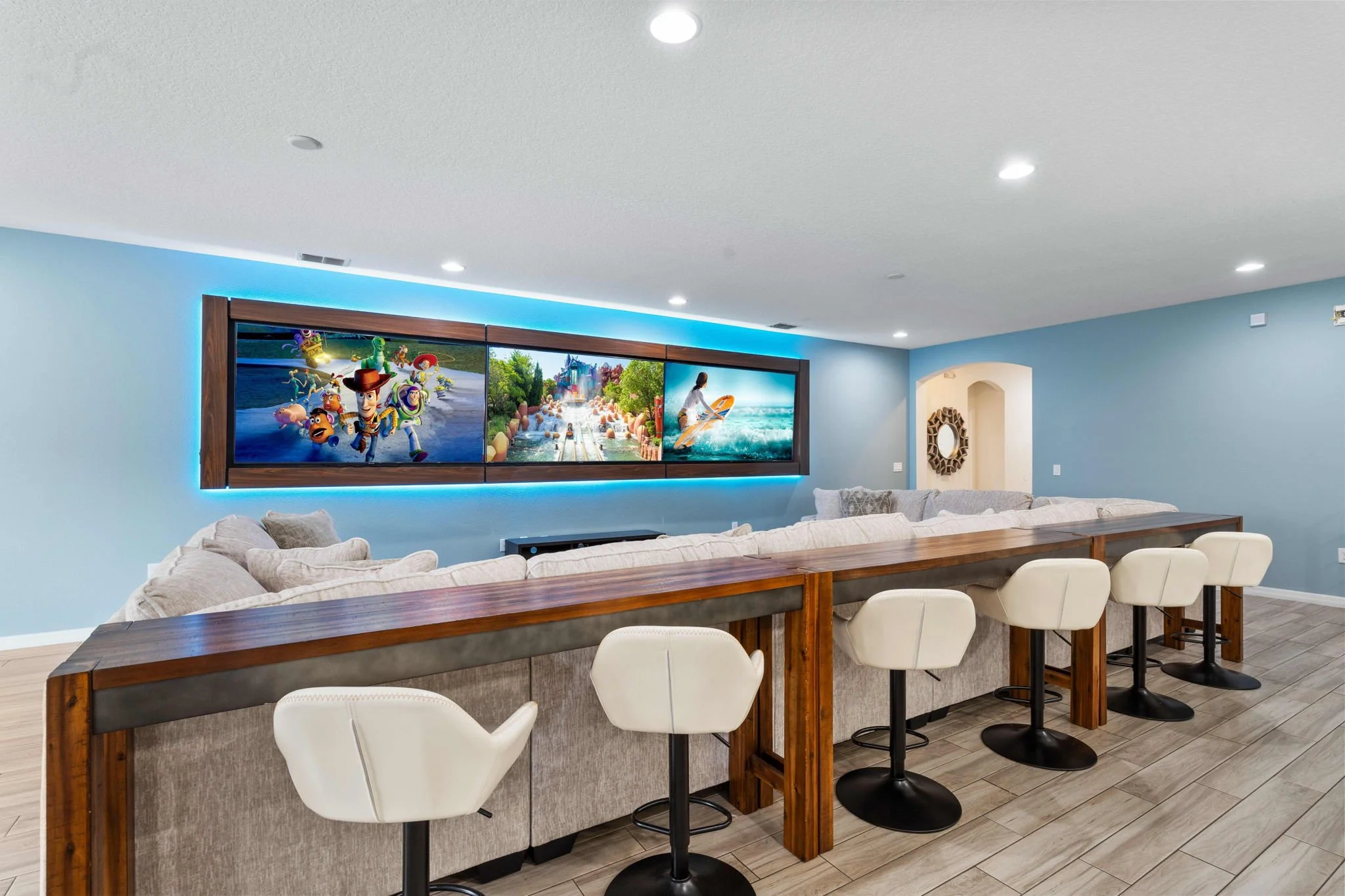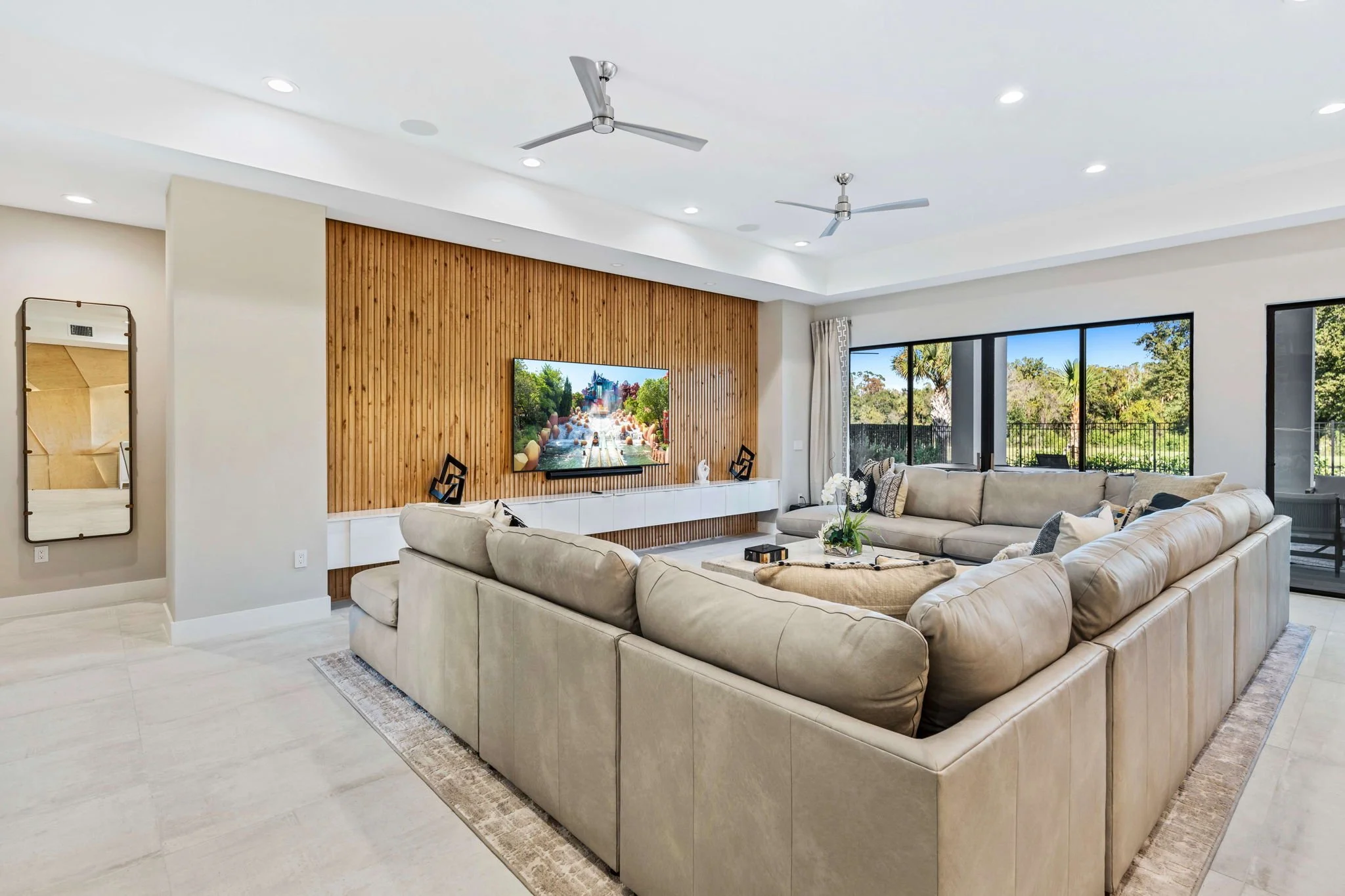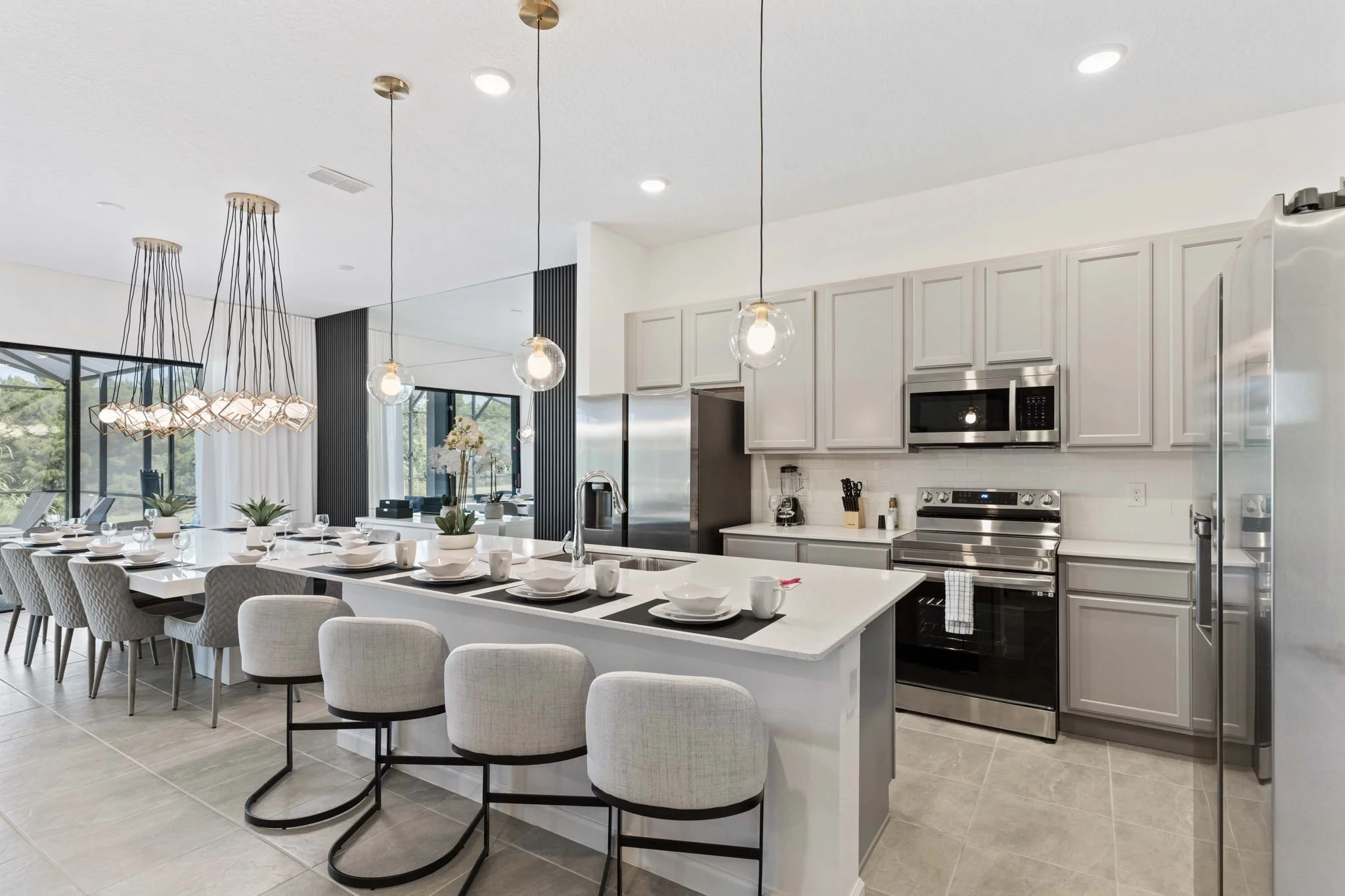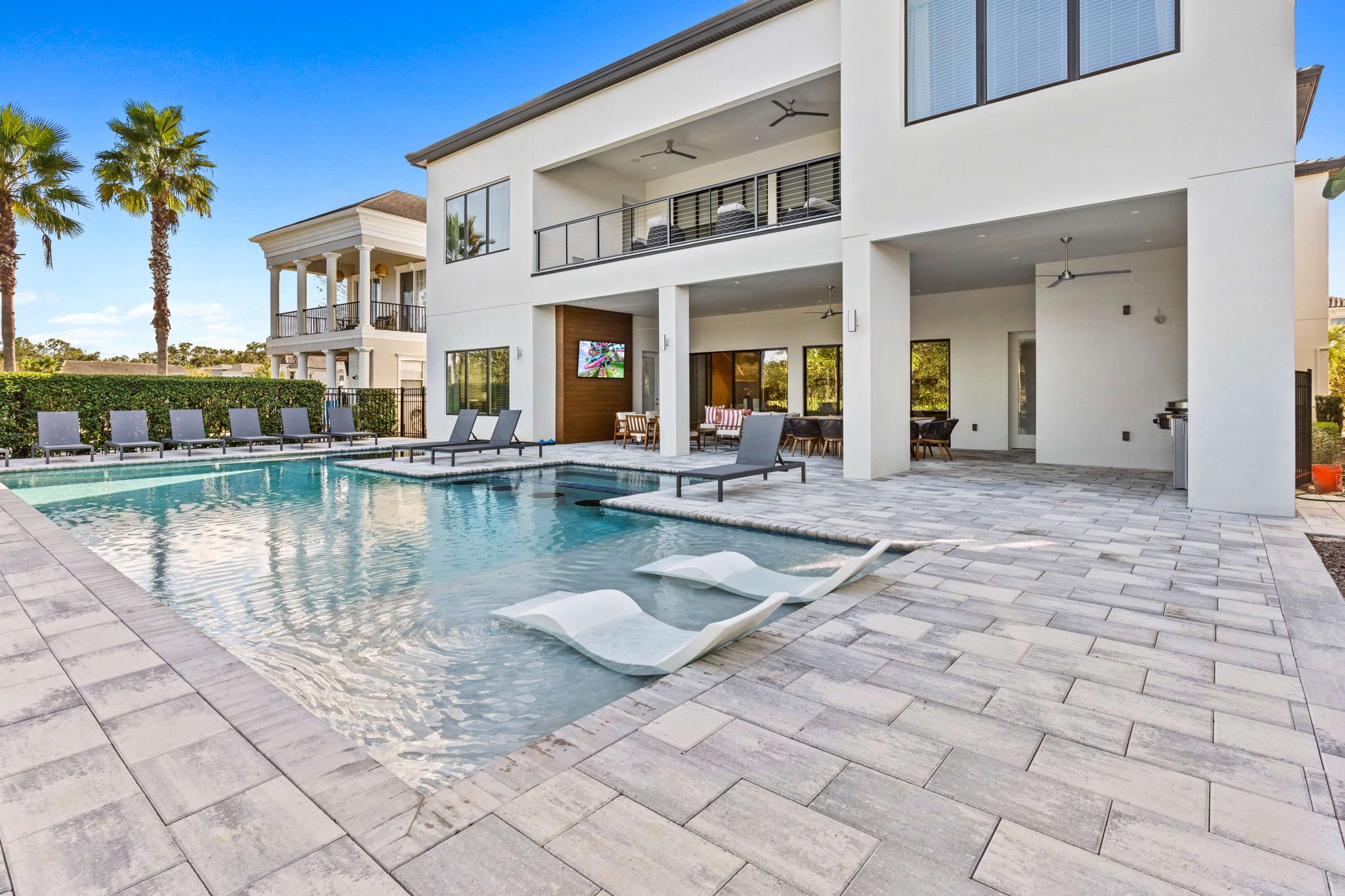Virtual Staging for Success: Elevating Real Estate through Digital Design
In the ever-evolving world of real estate, the role of technology continues to reshape the way properties are showcased and marketed. Virtual staging has emerged as a powerful tool in the real estate industry, offering a dynamic and cost-effective solution to enhance the visual appeal of properties. This article delves into the art of virtual staging, exploring how thoughtful decor and arrangement can create an inviting atmosphere that resonates with potential buyers, ultimately leading to successful property transactions.
The Basics of Virtual Staging
Virtual staging involves the use of digital tools to enhance and transform vacant or minimally furnished properties into visually appealing, fully decorated spaces. Through advanced computer-generated imagery (CGI), virtual staging allows real estate professionals to showcase a property's full potential without the need for physical furniture or decor. This process involves adding virtual furniture, decor, and other design elements to create a polished and inviting look.
Highlighting Property Strengths
One of the primary benefits of virtual staging is its ability to highlight a property's strengths. Whether it's an open-concept living space, unique architectural features, or breathtaking views, virtual staging enables real estate professionals to draw attention to these key selling points. By strategically placing virtual furnishings, the digital transformation can guide potential buyers through a visually compelling narrative that emphasizes the property's most attractive aspects.
Customization and Personalization
Virtual staging offers a high level of customization and personalization. Real estate professionals can tailor the virtual design to match the target demographic and preferences of potential buyers. Whether it's a cozy family home, a modern urban apartment, or a luxurious estate, virtual staging allows for flexibility in design choices to cater to specific tastes and lifestyles.
Cost-Effective and Time-Efficient
Traditional staging involves physically moving and arranging furniture, which can be both time-consuming and expensive. Virtual staging eliminates these challenges by providing a cost-effective and time-efficient alternative. Our digital designers can create multiple design options quickly, allowing real estate professionals to experiment with different styles and cater to a broader audience.
Creating an Emotional Connection
The art of virtual staging goes beyond aesthetics; it aims to create an emotional connection between the potential buyer and the property. Thoughtfully designed virtual spaces evoke positive emotions, helping buyers envision themselves living in the home. This emotional connection is a powerful motivator in the decision-making process, increasing the likelihood of a successful sale.
Overcoming Challenges
While virtual staging offers numerous advantages, it's essential to address potential challenges. Transparency is key—disclosing that a property has been virtually staged ensures honesty in marketing. Additionally, ensuring that the virtual representation aligns with the physical state of the property is crucial to maintaining trust with potential buyers.
Virtual staging has become a transformative force in the real estate industry, offering a visually compelling and cost-effective way to showcase properties. By leveraging the art of virtual staging, real estate professionals can highlight a property's strengths, create emotional connections with potential buyers, and ultimately increase the likelihood of a successful sale. As technology continues to advance, virtual staging is poised to play an increasingly integral role in shaping the future of real estate marketing and presentation.












